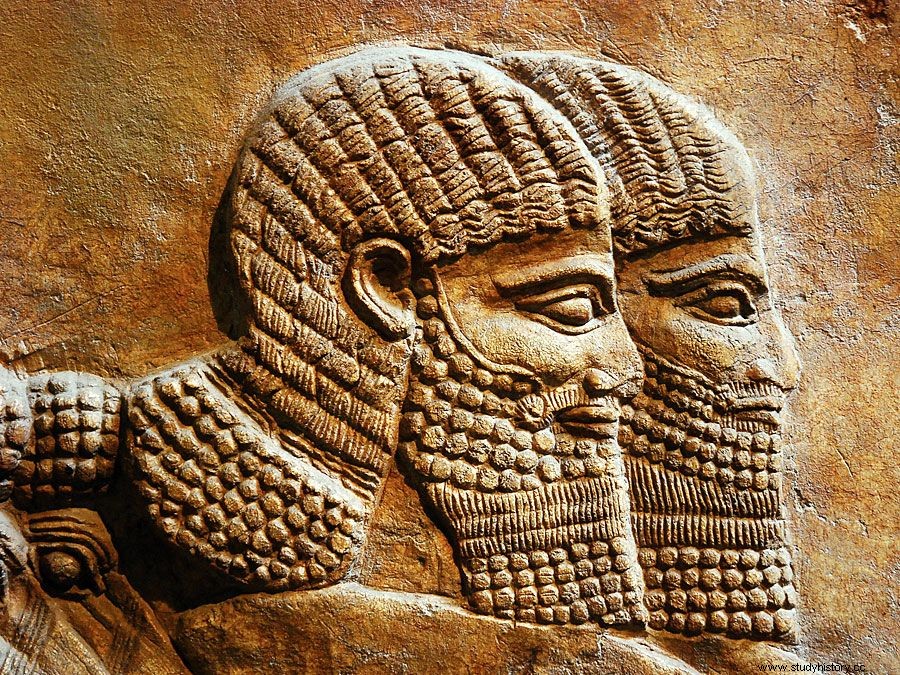Amud , paleoanthropological site in Israel, known for its human remains that provide important evidence of Southwest Asia's diversification and development Neanderthal see The location is in the Amud Cave overlooking the Amud Gorge (Wādi el ʿAmud) northwest of the Tiberias Lakes (Sea of Galilee).
 Britannica Quiz The Middle East:Fact or Fiction? Is the literacy rate very high in Afghanistan? Does Yemen take its name from the Arabic word "northern"? Sort the facts in this quiz about Syria, Iraq and other Middle Eastern countries.
Britannica Quiz The Middle East:Fact or Fiction? Is the literacy rate very high in Afghanistan? Does Yemen take its name from the Arabic word "northern"? Sort the facts in this quiz about Syria, Iraq and other Middle Eastern countries. At Expeditions of the University of Tokyo Neanderthal skeletal remains were discovered at the site in 1961 and 1964, dating from about 50,000 to 70,000 years ago. The main finds consist of a skeleton (inscribed) Amud 1) of an adult male, approximately 25 years old, together with a fragment of another adult jaw and skull fragments of two infants. Amud 1 has a cranial capacity of approximately 1,740 cubic centimeters (106 cu in), which is considerably larger than the average modern human capacity. Nevertheless, the skull has Neanderthal features with eyebrows and a receding forehead. Although the bones are incomplete, the height of Amud 1 has been estimated at 172–177 cm (68–70 in).
In 1991, a joint Israeli and American expedition began new excavations. The following year, workers discovered the partial skeleton of an 8- to 10-month-old Neanderthal baby ( Amud 7), on whose pelvis the upper jaw of a red deer had been placed, apparently as a burial rite. More evidence of Neanderthal habitation and Mousterian toolmaking was uncovered, including flaked blades and points, and the remains of deer, cattle, horses, pigs, and foxes. Additional hominin remains have been discovered near Emireh, Shovakh and Zuttiyeh Caves.
